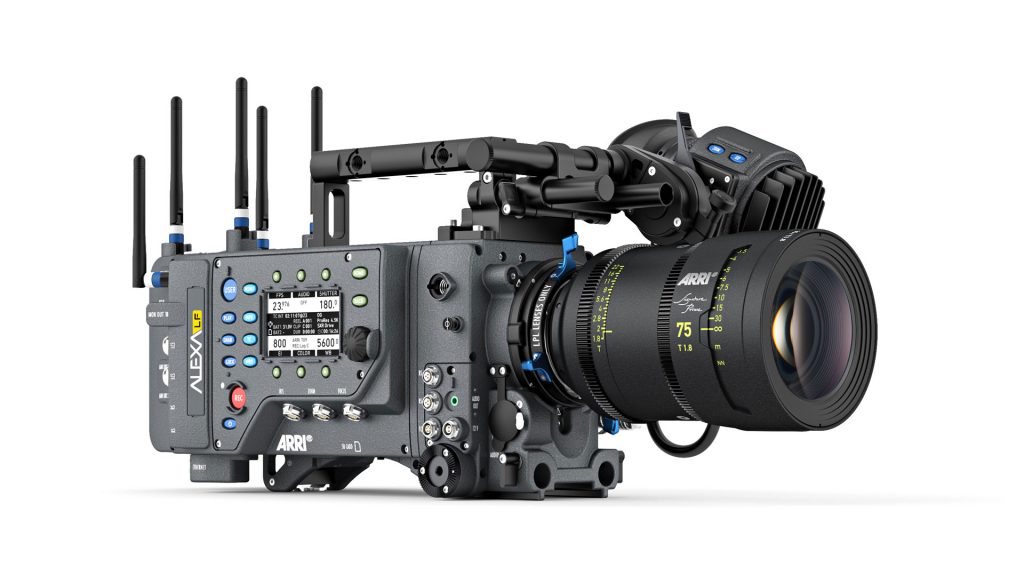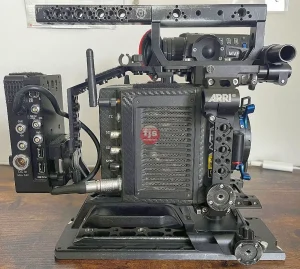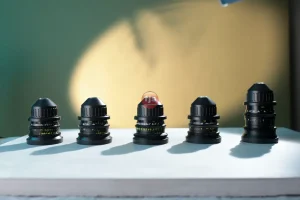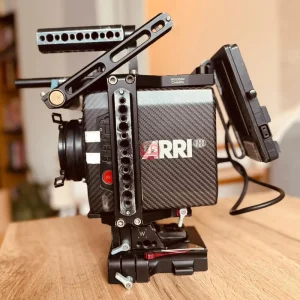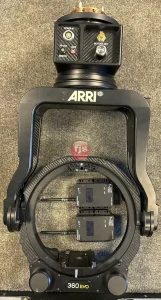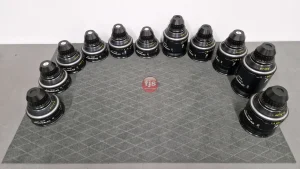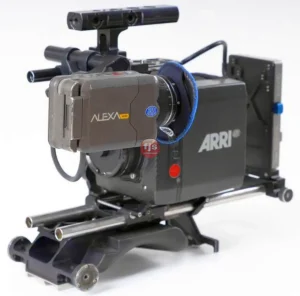ZEISS employs a high-value, hybrid manufacturing model, utilizing strategic vertical integration for core, high-precision optics while leveraging an extensive global supplier network for non-core components.
The question of whether ZEISS manufactures all its components in-house touches upon a core strategic decision in the high-technology sector: the balance between vertical integration and outsourcing within the supply chain. For a company like ZEISS, whose reputation is founded on optical precision and nanometer-level accuracy, the manufacturing strategy is critical to maintaining a competitive edge. The answer is nuanced: ZEISS does not manufacture all components, but it maintains stringent in-house control over the production of core competencies and critical high-tech components.
This hybrid approach allows ZEISS to safeguard its intellectual property (IP), ensure proprietary quality standards, and achieve production flexibility while still benefiting from specialized external expertise and cost efficiencies.
Key Elements of ZEISS’s Manufacturing Strategy:
- Vertical Integration of Core Optics and IP-Critical Components:
- High-End Optics Manufacturing: ZEISS retains full, end-to-end control over the fabrication of its most crucial optical elements, such as lithography optics for its Semiconductor Manufacturing Technology (SMT) division, high-resolution microscope lenses, and precision measuring components. This includes the complex processes of glass-to-application development, high-precision polishing, specialized coating development, and clean room assembly.
- Safeguarding Intellectual Property (IP): By manufacturing core, high-tech components in its own facilities (e.g., in Oberkochen and Jena, Germany, and other global sites), ZEISS ensures its proprietary optical designs, unique manufacturing processes, and specialized metrology techniques remain secure. This in-house expertise is essential for developing groundbreaking technologies like Extreme Ultraviolet (EUV) lithography systems.
- Quality and Precision Control: Direct, internal control ensures that components meet ZEISS’s legendary standards for accuracy and consistency, often verified using the company’s own Coordinate Measuring Machines (CMMs) and interferometry systems.
- Strategic Use of an External Supplier Network:
- Non-Core Component Sourcing: For standardized parts, less-critical mechanical elements, and some raw materials, ZEISS leverages a vast, specialized global supply chain and a network of Original Equipment Manufacturer (OEM) partners. This includes components for spectacle lenses, some camera lens barrels, and standard electronic modules.
- Focus on Core Competencies: Outsourcing non-core elements allows ZEISS to allocate its significant internal resources, capital, and engineering talent to its unique value-adding activities—namely, optical research, ultra-precision manufacturing, and final system integration.
- Flexibility and Scale: Utilizing external suppliers provides scalability and production flexibility, allowing the company to respond efficiently to fluctuations in market demand without necessitating massive, immediate internal capital investment.
- Emphasis on System Integration and Final Assembly:
- Modules and Systems: Even when components are sourced externally, the design, system integration, and final assembly of complex products (like optical modules, complete imaging systems, and large metrology machines) remain under the direct supervision and expertise of ZEISS engineers.
- Adjustment and Calibration: The critical steps of optical adjustment, calibration, and end-of-line functional testing are proprietary processes executed in-house to ensure the finished product meets the precise performance specifications.
Key Features of the ZEISS Component Strategy:
- Hybrid Model: A combination of deep vertical integration for core technology and a robust global supply chain for non-critical parts.
- IP Protection: In-house manufacturing of proprietary optical and optoelectronics modules to secure know-how.
- Ultra-Precision Focus: Internal control over polishing, coating, and assembly for nanometer-level accuracy.
- Supplier Management: A strong focus on strategic partnerships and rigorous quality auditing of external OEM and component suppliers.
- Decentralized Production: Manufacturing occurs across numerous global sites, specializing in different product groups (e.g., SMT in Germany/Switzerland, Vision Care globally).
Benefits of This Approach:
| Benefit | Explanation |
| Unmatched Quality Control | Direct management of in-house processes for all precision optics ensures adherence to unparalleled quality standards. |
| Accelerated Innovation | Engineers receive rapid feedback from in-house manufacturing, accelerating the Design for Manufacturability (DFM) process and leading to faster R&D cycles. |
| Strategic Cost Efficiency | Outsourcing non-core components avoids large fixed capital expenditures, optimizing cost structures while maintaining high product quality. |
| Supply Chain Resilience | A broad, vetted network of external partners reduces dependence on single suppliers for certain parts, offering greater flexibility. |
| Competitive Advantage | Retaining core optical expertise in-house creates a significant, difficult-to-replicate competitive barrier. |
Conclusion:
ZEISS’s manufacturing model is a highly effective, strategically engineered system designed to maximize both precision and efficiency. By focusing internal resources on the core technologies that define its reputation—the world’s most accurate and complex optics—while utilizing a professionalized supplier network for other components, ZEISS achieves superior product quality, protects its technological lead, and maintains a flexible, cost-effective global operation.
Questions and Answers:
| Q: Why doesn’t ZEISS fully outsource all non-core component manufacturing? | A: While some non-core components are outsourced, ZEISS retains control over final assembly, integration, and calibration. This is crucial for maintaining the overall system performance and guaranteeing the product meets its high-precision specifications. |
| Q: What is meant by “vertical integration” in the context of ZEISS? | A: It means ZEISS controls multiple stages of the production process for its core products—from the development of raw optical materials and coatings to the final system assembly—all within the company’s structure. |
| Q: What types of components are typically manufactured in-house? | A: Components critical to optical performance and those involving proprietary Intellectual Property (IP), such as lithography optics, aspherical lenses, specialized optical modules, and high-precision mirrors. |
| Q: How does the in-house manufacturing support R&D at ZEISS? | A: It enables concurrent engineering and rapid prototyping. The R&D teams work directly with the manufacturing teams, allowing for quick feedback and process refinement, which is essential for pushing the boundaries of optical technology. |

